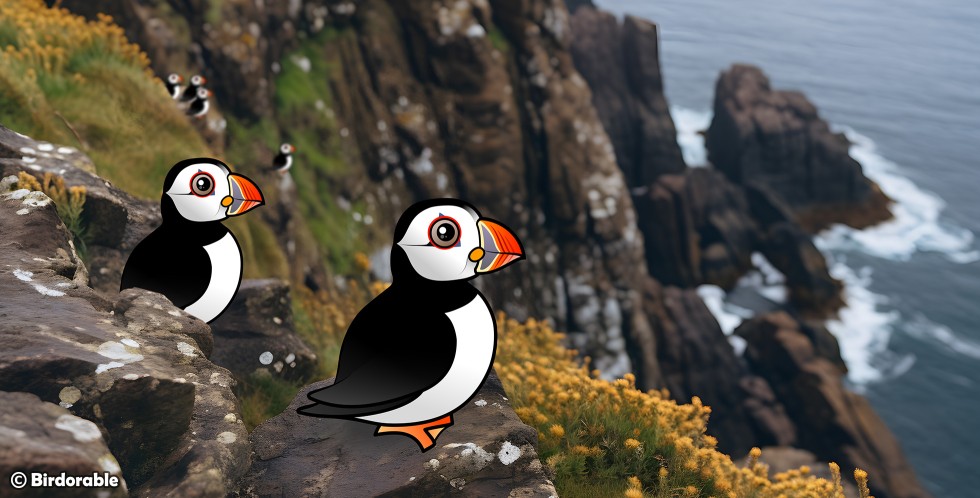Valentine's Day Bird Term: Billing
Love Is in the Air: Understanding Billing in Birds for Valentine's Day

Mutual Grooming
In some cases, billing is part of mutual grooming (allopreening), where birds clean each other's feathers. Rock Pigeons engage in allopreening which includes mutual beak-touching.
Courtship Ritual
Billing is an essential part of the courtship ritual in many species. It is a display of trust and partnership, which can be critical in the mate-selection process. Courting Cedar Waxwings rub their beaks together and pass food to one another. Many albatross species engage in beak-tapping as part of their courtship, like the Waved Albatrosses in the below video.
Territorial and Social Signaling
In some instances, billing can also be a way of demonstrating a pair's territorial bond to other birds, signaling that they are a united and established couple.
Billing is a fascinating aspect of avian behavior that highlights the complex social interactions and emotional connections between birds.













Comments
Leave a comment
Thank you!